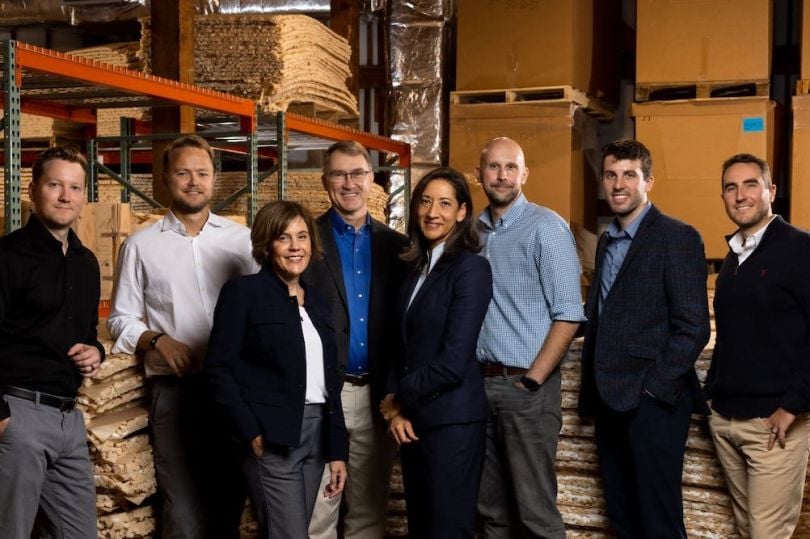
If you’ve ever received food or other temperature sensitive packages in the mail, you probably opened the box to find thermal insulation packaging. That foam-like cardboard packaging is designed to keep whatever is inside it at a stable temperature for a given period of time. With the rise of direct-to-consumer meal kits like Blue Apron and HelloFresh, thermal insulation packaging has become a lucrative market; lucrative enough even to catch the interest of major investors like Goldman Sachs.
TemperPack, a sustainable thermal insulation packing company based in Richmond, Virginia, recently garnered just that. The Sustainable Investing arm of Goldman Sachs Asset Management recently invested $140 million to help TemperPack grow its business.
Traditional expanded polystyrene thermal packaging (usually EPS or Styrofoam) aren’t recyclable. In other words, while Styrofoam may keep your food cold, its carbon footprint contributes to making our planet warmer.
The non-toxic, recyclable packing liners are a big sell for cold-package meal delivery services facing consumer pressure for more sustainable packaging. According to Deloitte, one in three consumers have stopped buying certain brands or products for sustainability reasons. TemperPack’s recyclable packaging allows companies to dodge that trend and assure their customers that they have the planet’s health in mind.
According to TemperPack, the demand for its patented ClimaCell thermal liners has skyrocketed in recent years. The company says it's keeping up with consumer demand by producing millions of ClimaCell box liners every month out of their facilities in Richmond and Las Vegas.
“We are absolutely thrilled to partner with Goldman Sachs to accelerate our growth and diversify our offering of innovative, sustainable high-performance protective materials. As TemperPack grows, we increase the beneficial impact for consumers, our customers, and our planet,” TemperPack chairman and CEO Bob Beckler said in a statement.
The company plans to use its $140 million to grow its capacity for protective materials technologies, expand into new geographic markets and grow its customer reach.




